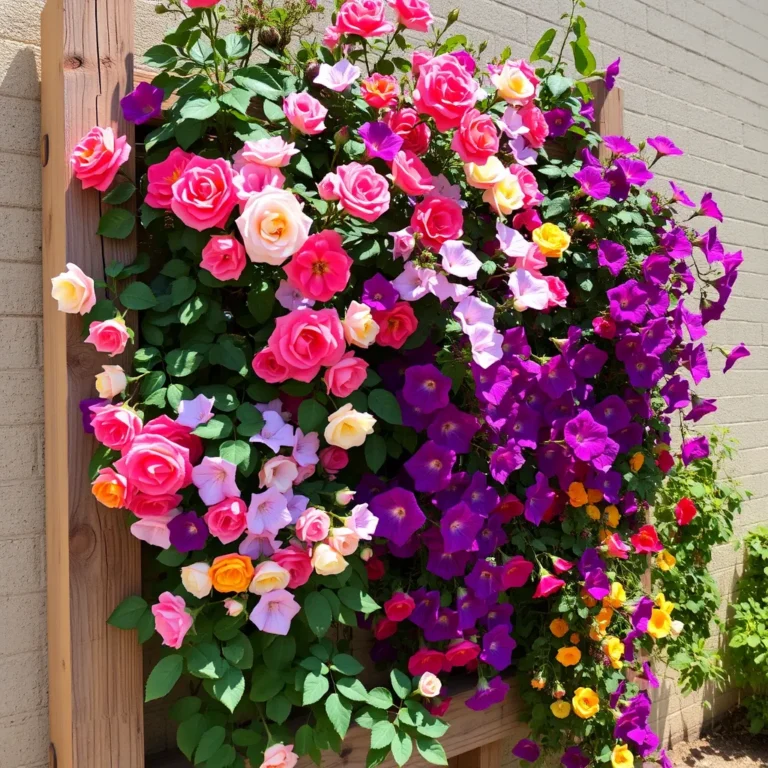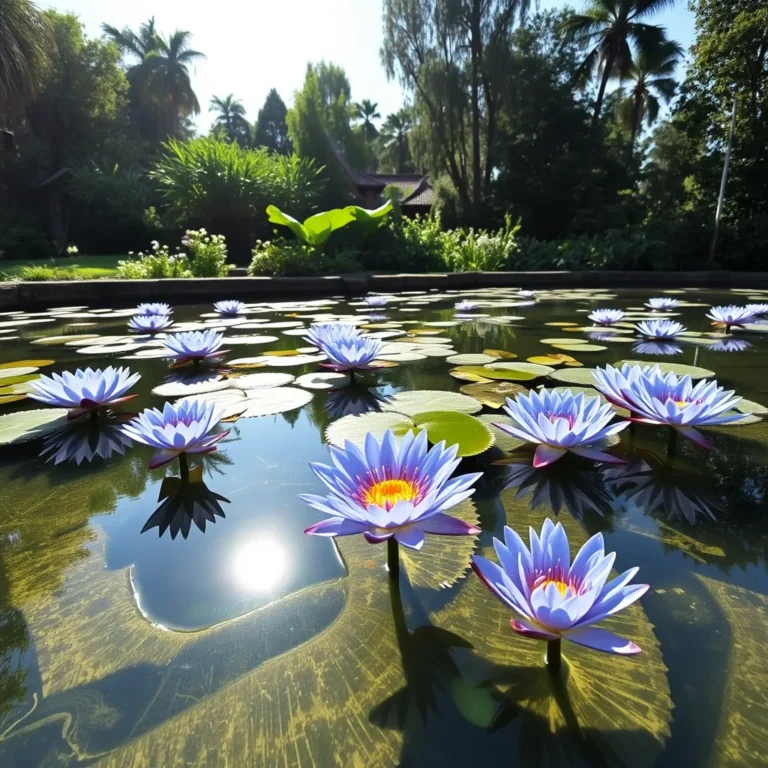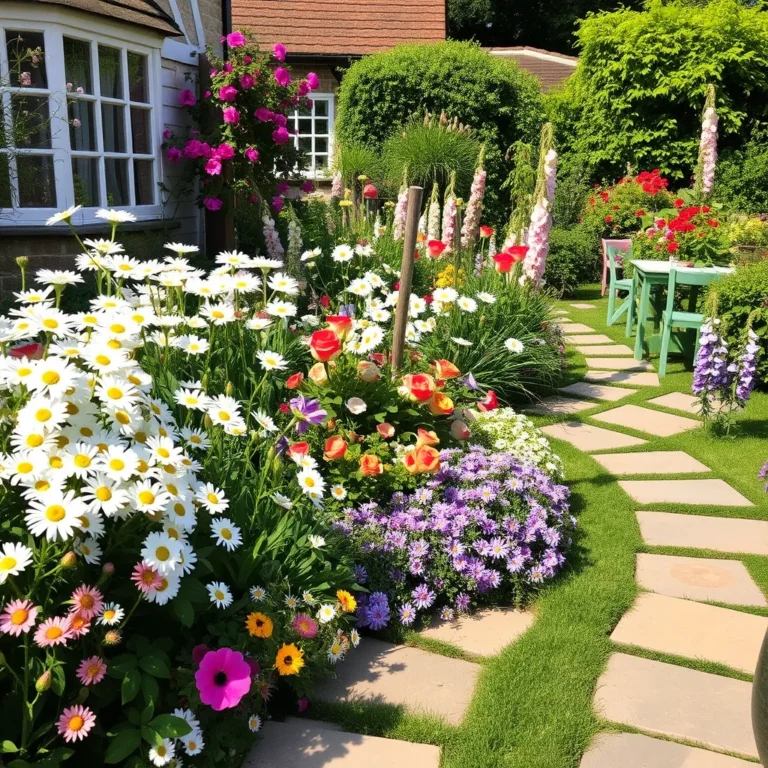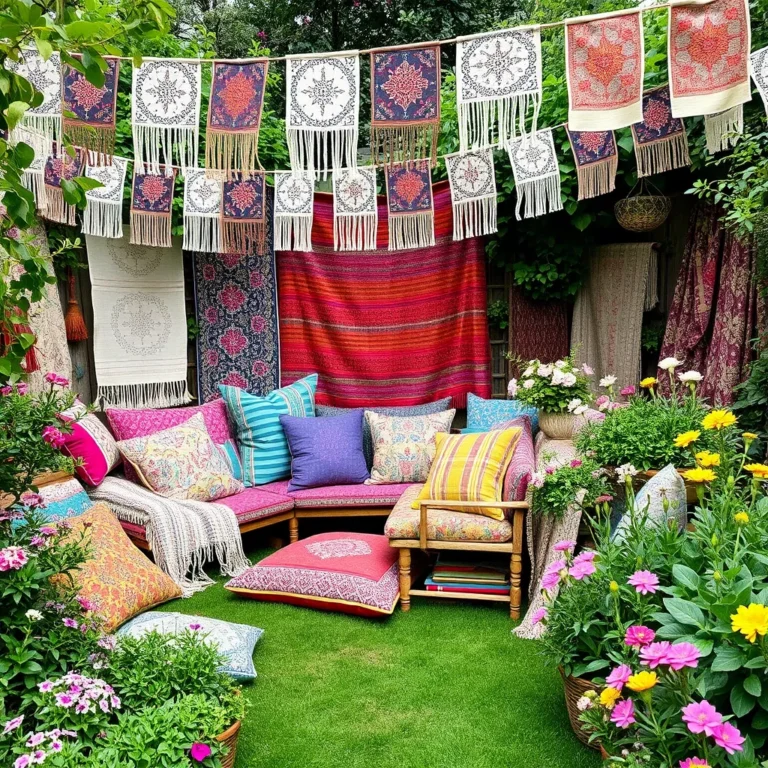10 Seasonal Planting Tips for a Thriving Garden Year-Round
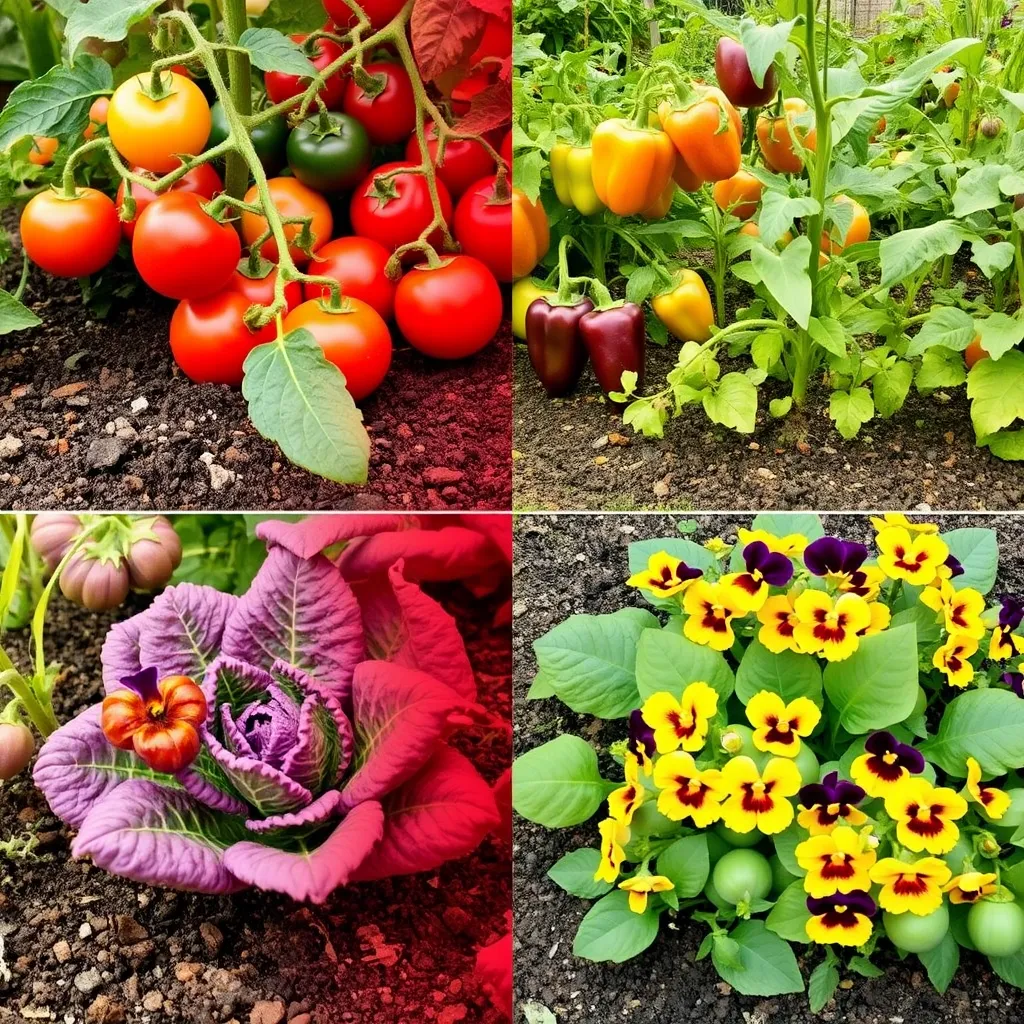
Are you ready to transform your garden into a vibrant paradise all year long? In this post, I’ll share 10 simple yet effective seasonal planting tips. You’ll learn how to choose the right plants for each season, prepare your soil, and manage pests naturally. With my expert advice, you’ll keep your garden thriving and colorful, no matter the time of year. Let’s dig in and grow together!
Choose the Right Plants for Each Season: Understanding Hardiness Zones
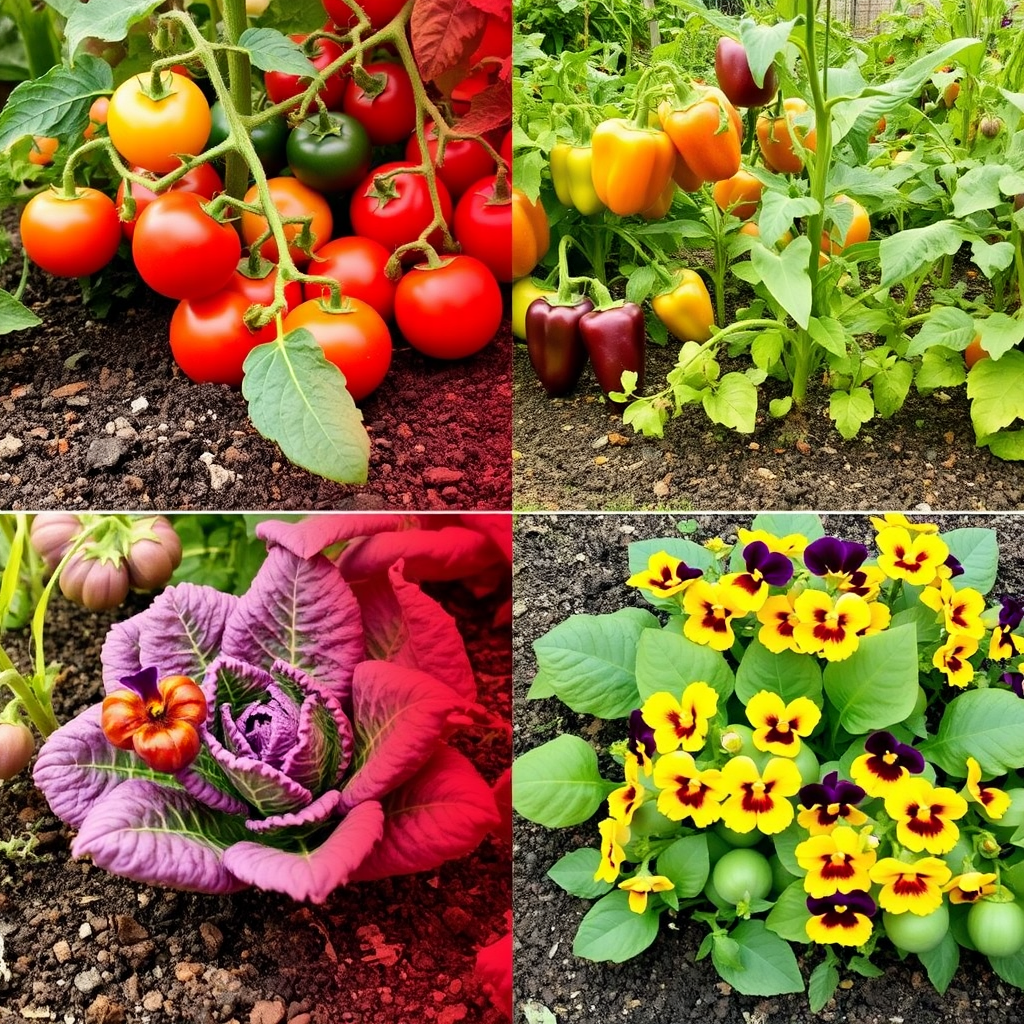
Understanding hardiness zones is key for your garden. Each zone tells you what plants can grow well. You can find your zone on the USDA plant hardiness map. It shows how cold your area can get in winter.
When you know your zone, you can pick the right plants. For example, if you live in a warm zone, you can grow tomatoes and peppers. If you’re in a cooler zone, you may want to plant kale or pansies.
Choosing plants that match your zone helps them thrive. They will need less care and grow better. Always check the label when buying plants. Look for the zone number. This small step ensures your garden stays vibrant all year.
Timing Your Planting: Knowing When to Plant for Optimal Growth

Timing is everything in gardening. Each plant has a best time to grow. Some need cool weather, while others want the warm sun.
For spring crops, plant early. Seeds like lettuce or peas can go in the soil as soon as it is thawed. For summer plants like squash, wait until all frost is gone.
Fall is great for planting perennials. They can get strong roots before winter. Check local frost dates to know when to plant. This way, your plants will have the best chance to grow strong and healthy.
Soil Preparation Tips: Ensuring Your Garden is Ready for New Plants

Good soil is the base of a great garden. Start by testing your soil. You can buy a kit or send it to a lab. This shows you what nutrients it needs.
Next, clear the area of weeds and debris. You want clean soil for your new plants. Then, mix in compost to add nutrients. Compost helps keep the soil loose and rich.
Make sure the soil drains well. If it is too heavy, add sand or perlite. This helps water flow and oxygen reach roots. Prepare your soil right, and your plants will thank you!
Companion Planting: Enhancing Growth and Pest Control
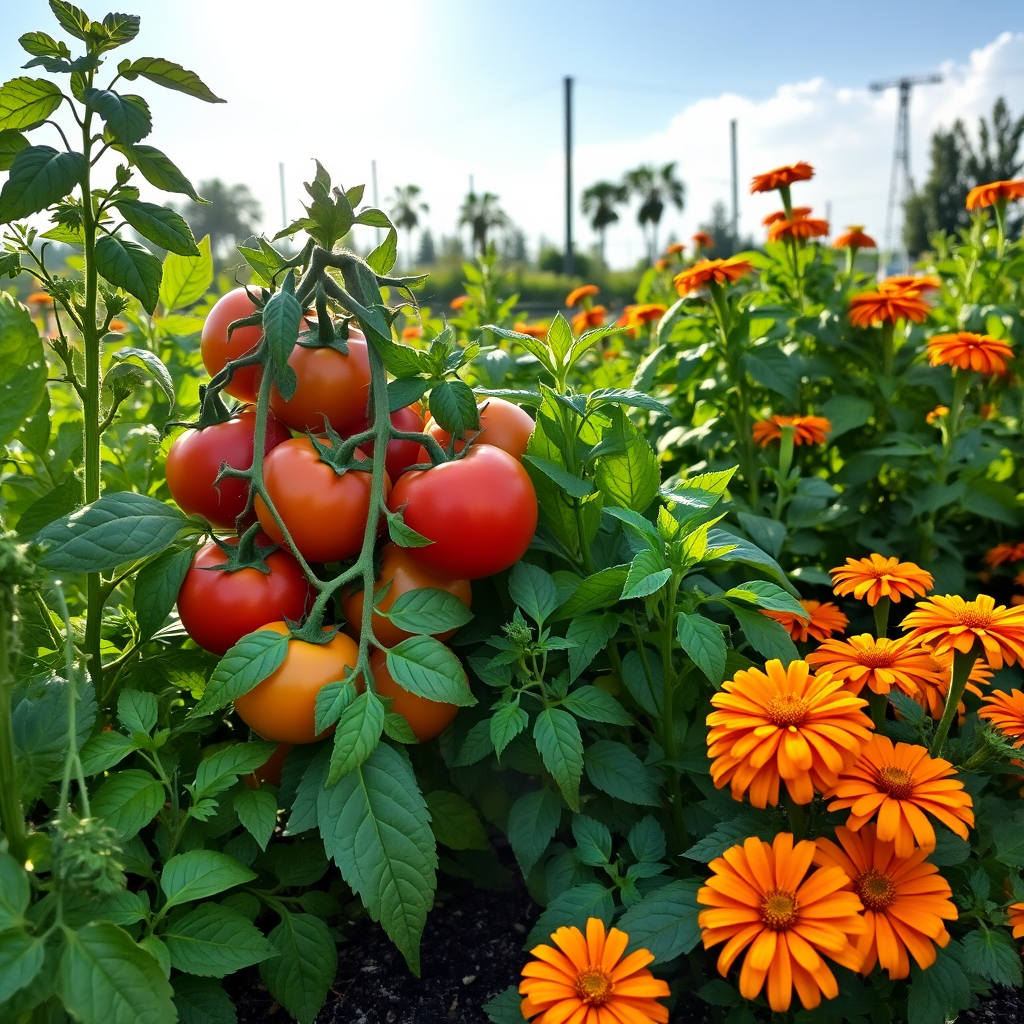
Companion planting means growing plants together that help each other. Some plants repel pests, while others can boost growth. For example, tomatoes and basil grow well together. Basil can enhance the flavor of tomatoes and help keep pests away.
You can also try planting marigolds with vegetables. Marigolds attract good bugs and keep bad bugs away. They add bright color and beauty to your garden. Use this method to save space and increase your harvest.
When you plan your garden, think about which plants work best together. Researching plant pairs can make your garden thrive. Keep a garden journal to track what works for you. This way, you can learn and adjust your plans for next year.
Seasonal Color Schemes: Selecting Plants for Year-Round Appeal
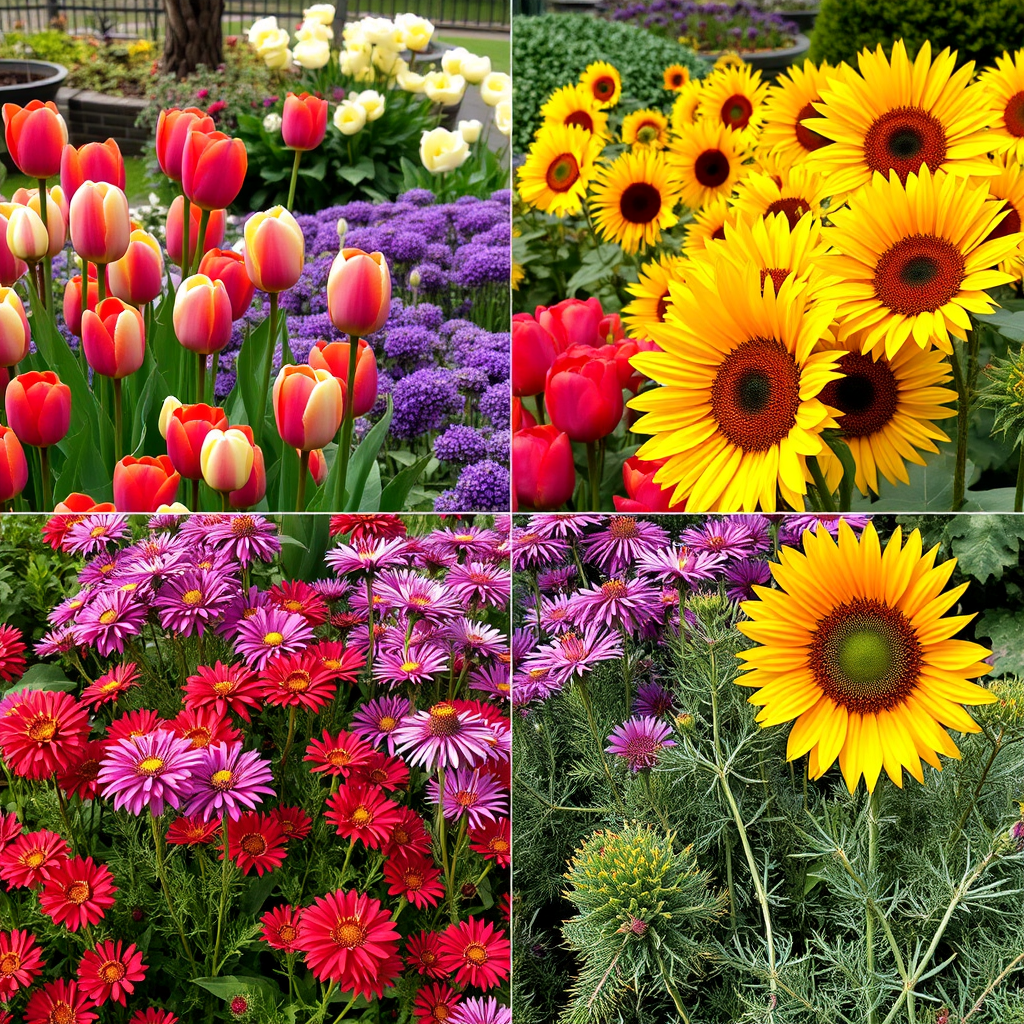
Choosing plants for color helps your garden stay lively all year. In spring, you can plant tulips and daffodils for bright blooms. Summer can shine with sunflowers and zinnias, adding warmth and cheer.
In fall, think about planting asters and chrysanthemums. They offer rich colors as the leaves change. Winter can be less bright, but you can add evergreens and holly. These plants keep your garden looking good even in cold weather.
Make a color plan for each season. This will help you pick plants that bloom at different times. A well-planned garden creates a beautiful show throughout the year.
Mulching Techniques: Retaining Moisture and Improving Soil Quality
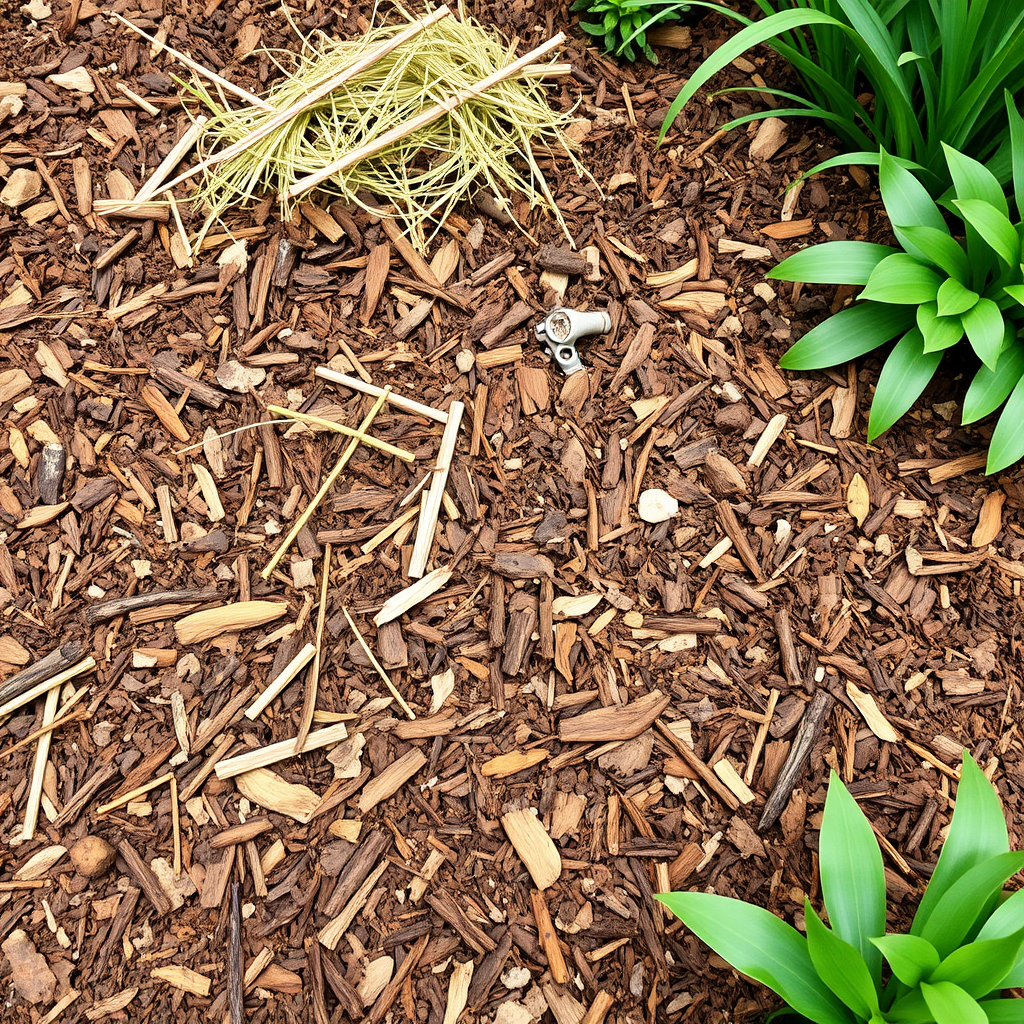
Mulching is a great way to help your garden. It keeps soil moist and stops weeds from growing. You can use straw, wood chips, or grass clippings as mulch. Apply a layer about three inches thick around your plants.
Mulch also improves soil quality. As it breaks down, it adds nutrients back into the earth. This helps your plants grow strong and healthy. It can also protect roots from extreme temperatures.
Remember to refresh your mulch once or twice a year. This keeps it effective and looking nice. Healthy soil leads to a thriving garden, so don’t skip this step!
Regular Maintenance: Importance of Pruning and Deadheading
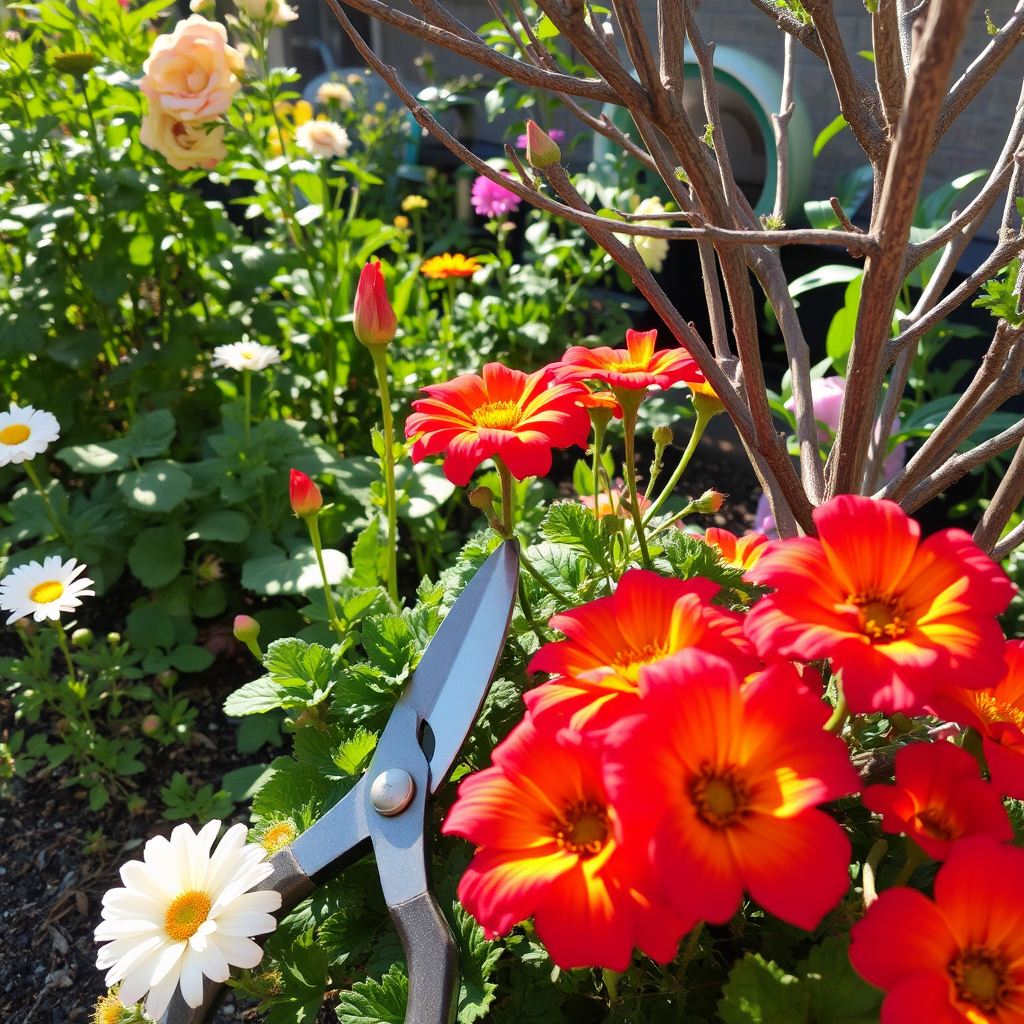
Pruning helps your plants grow strong. You should cut back dead or weak stems. This lets the plant focus on healthy parts. I like to prune in spring and fall. Each plant has its own needs, so check what works best.
Deadheading is also key. This means removing spent flowers. It encourages the plant to bloom again. More blooms mean more color in your garden. I do this for roses and daisies. You will notice a big difference in the number of flowers.
Regular maintenance stops diseases too. When you trim away dead parts, it reduces mold and pests. This keeps your garden healthy and happy. Always use clean tools to avoid spreading germs.
Watering Advice: Seasonal Adjustments for Plant Hydration

Watering needs change with the seasons. In spring, plants wake up and need more water. I check the soil often. If it feels dry, I give them a drink.
Summer brings heat, so I water more deeply. Early mornings are best for watering. This helps water soak in before the sun shines. I aim for the roots, not the leaves.
In fall, cut back on watering. Plants slow down and need less. I look for rain and adjust my routine.
Winter care is different. My plants are often dormant. I only water if the soil is dry. This keeps them safe until spring returns.
Pest Management Solutions: Keeping Your Garden Healthy Naturally

Pests can harm your plants. I use natural solutions to keep them away. First, I plant flowers that attract helpful bugs. Ladybugs and lacewings eat harmful pests.
Another trick is using soap sprays. I mix mild soap with water. This kills pests without harming plants. I spray it on leaves where bugs hide.
I also check for pests often. Early detection is key. If I see any bugs, I act fast.
Companion planting helps too. Some plants repel pests when grown together. For example, marigolds can keep nematodes at bay. I love using these tricks to keep my garden thriving!
Using Garden Accessories: Supporting Varieties and Adding Visual Interest
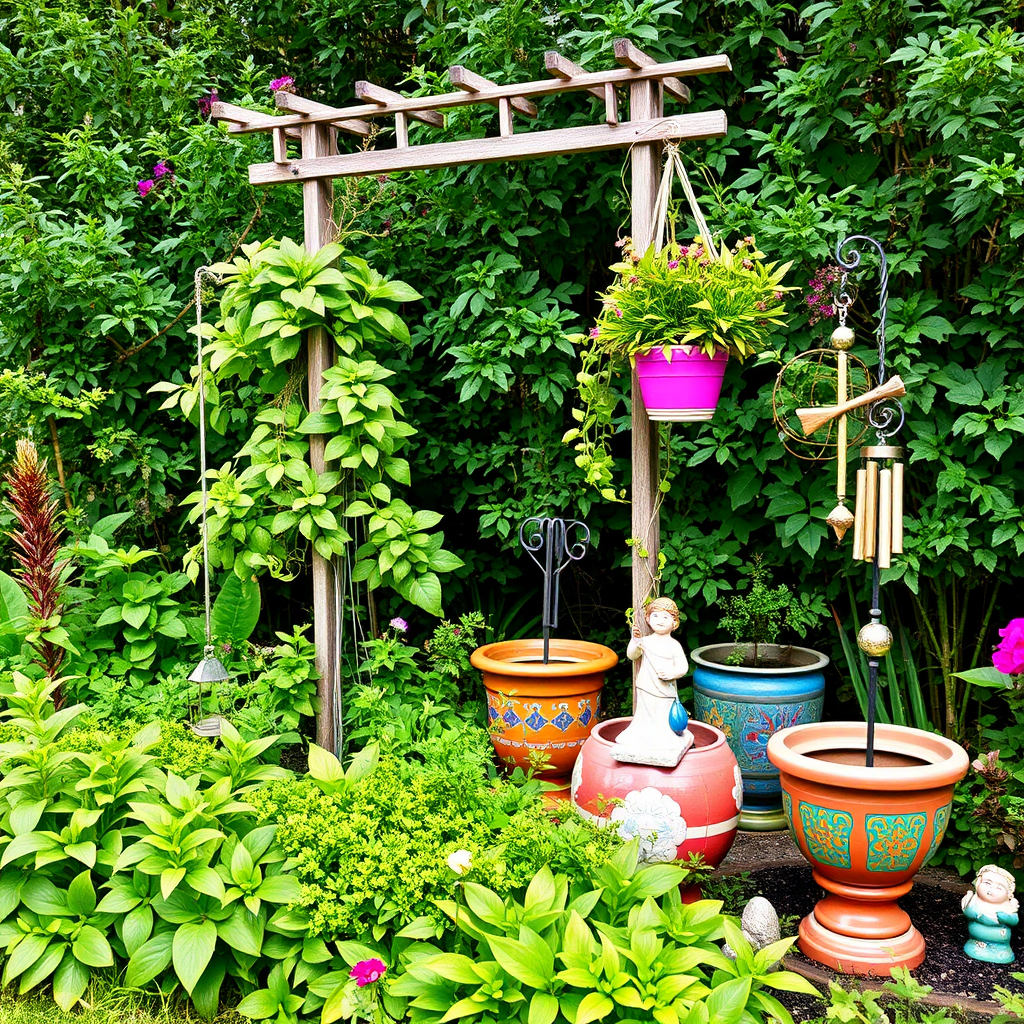
Garden accessories make your space fun and lively. I love using supports, like trellises and stakes, for climbing plants. They help plants grow tall and strong. A sturdy trellis can also catch the eye. It adds shape and height to your garden.
I suggest using decorative pots. They not only hold soil but also show off your plants. Choose bright colors or cool patterns. These pots can make even plain plants pop. You can mix and match pots to create your own style.
Another great accessory is garden art. This can be statues, wind chimes, or colorful signs. Art adds charm and gives your garden a unique touch. It draws attention to your favorite spots.
Remember, accessories can also help with plant health. A good garden net can protect your plants from pests. It keeps them safe while still letting light in.
Planning for Seasonal Change: Transitioning Plants Between Seasons
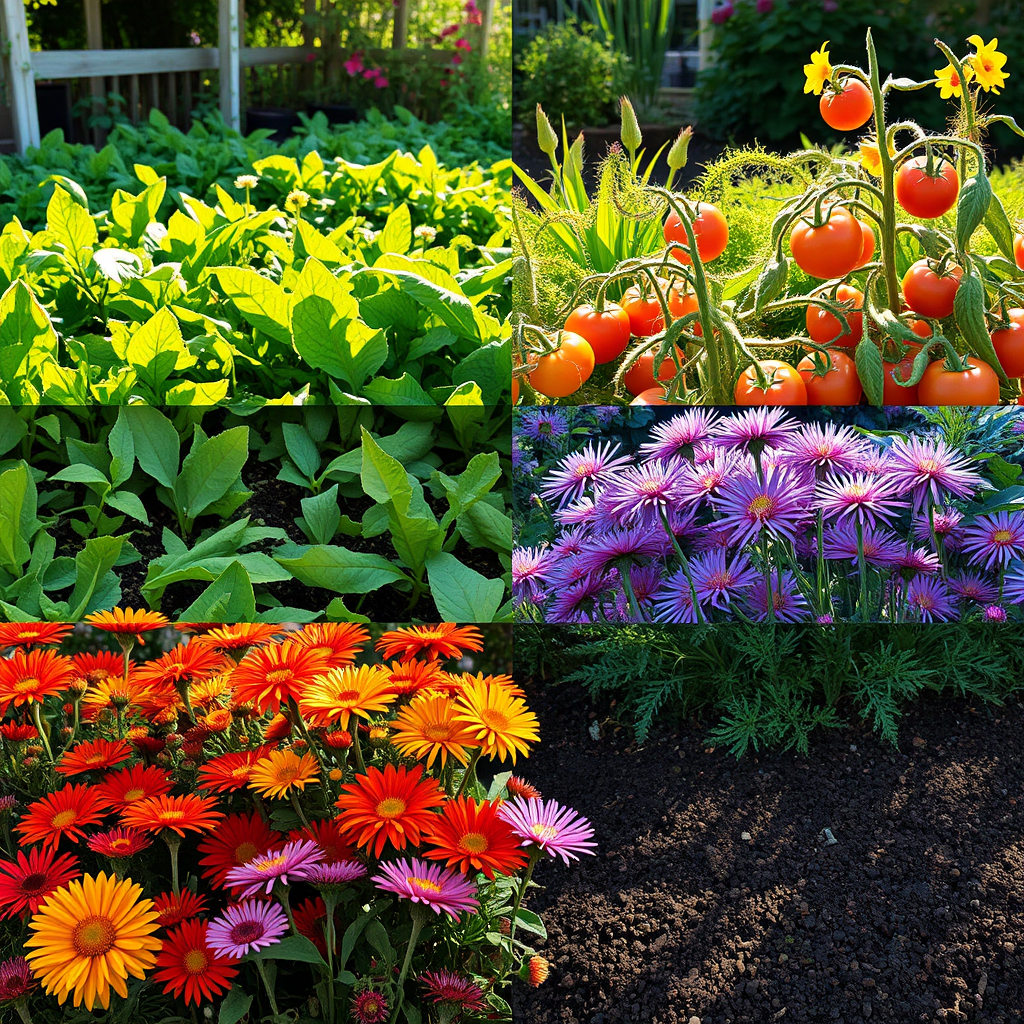
Planning for seasonal change keeps your garden rich. I always think ahead about what to plant next. For spring, I start with cool-weather crops like lettuce and peas. They thrive before the heat hits.
In summer, I switch to heat-loving plants. Tomatoes and peppers love the warm sun. They need good soil and lots of water.
As fall approaches, I prepare for the cooler months. I plant hardy flowers, like asters and chrysanthemums. They bloom even when the air gets chilly.
Winter is a time for rest, but planning is key. I suggest using this time to dream. Look for plants that bloom early in spring. You can also divide and store perennials during this season.
By planning for each season, you can enjoy a vibrant garden all year. This keeps your garden fresh and exciting.
Conclusion
This blog post covered important tips for successful gardening. I discussed choosing the right plants for each season and how to prepare your soil. Understanding when to plant helps your garden grow strong. Companion planting can boost growth and keep pests away. Using mulch retains moisture and maintains soil quality. Regular maintenance, watering, and pest control are key for a healthy garden.
In conclusion, a well-planned garden brings beauty and joy year-round. Start your gardening journey today!

